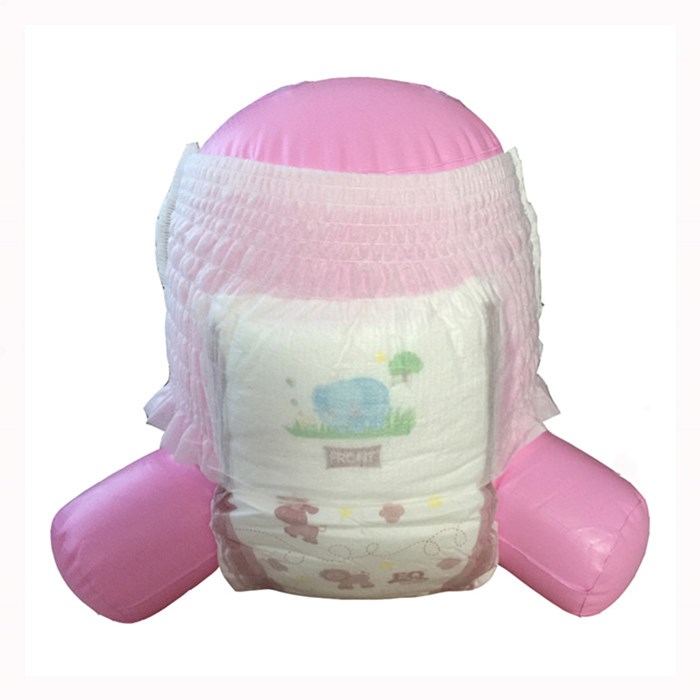The novel coronavirus pneumonia has a serious impact on the global economy. The prospects for an effective vaccination program and a return to normal business activity to a certain extent in the second half of 2021 remain optimistic but uncertain.
According to the latest data of Smithers, the packaging industry has shown its resilience to economic recession before, but the demand for packaging will still drop by 6.0% by 2020. The most severely affected sectors are transportation and industry, personal care and other consumer goods packaging.
However, it turns out that the coronavirus restrictions on retail and tourism bring benefits to e-commerce sellers and help make the packaging used in this channel a more important part of the new online business model. Data from Smithers’ latest research “the future of e-commerce packaging to 2025″ shows that the consumption of e-commerce packaging in 2020 is 42% higher than that in 2019. Compared with the previous forecast of covid – 19, the revenue of packaging suppliers increased by $8.12 billion.
Therefore, by 2020, the total value will reach US $49.15 billion. The surge in e-commerce packaging demand will moderate slightly in the next five years, but will still maintain an impressive compound annual growth rate (CAGR) of 14.9%. In contrast, the compound annual growth rate is 14.3% (predicted before covid – 19), and the compound annual growth rate of the whole packaging industry is only 3.3% from 2020 to 2025.
With the continuous growth of e-commerce as a sales channel, it brings immediate and medium-term challenges to packaging suppliers.
Product diversification
Before 2020, e-commerce packaging market will be dominated by clothing, fashion accessories and consumer electronics. These industries continue to be strong, but covid-19′s biggest beneficiaries are groceries, sports equipment, personal care and cosmetics – as many people stop going to physical retail stores.
Now more and more shoppers are more used to ordering and buying online. In the United States, for example, the number of active online grocery shoppers increased from 16.1 million in August 2019 to 37.5 million 12 months later; during this period, sales increased from $1.2 billion to $5.7 billion.
While this enthusiasm continues, there is still untapped potential. Many consumers report that they will continue to increase online shopping even if the blockade and social distance regulations are relaxed. By 2020, food, beverage and personal care products will still account for less than 10% of e-commerce packaging sales.
For groceries, online sales are a low profit business. Packaging is usually very similar to second-hand retail sales; however, demand for family meal bags and alcoholic beverages sold through e-commerce has increased.
Overall, the decline in social gatherings and work from home led to a decline in personal care consumption in 2020. For the rest of the market, brand owners are keen to transform customers from a single sales model to a subscription model.
Corrugated board
The main beneficiaries of e-commerce boom are corrugated paper suppliers. By 2020, the market share value of this material will be 80.5%. By 2025, the proportion will rise slightly, approaching 82%. Many paperboard suppliers use this to provide paperboard rating and support services for e-commerce sellers.
The application of corrugated board in e-commerce benefits from its suitable products and packaging solutions, which is the first choice for e-retailers to seek to reduce the gap space and reduce the demand for secondary protection components.
There is also a trend to go beyond the standard of brown protection layout, people are more interested in the white desk with high-quality brand color or graphics, especially in luxury goods. In order to make a good impression on customers, or to provide an “out of the box experience”, so that customers can feel these things at home.
subscription model
Another driving force for the growth of the corrugated board packaging industry is the increasing popularity of subscription boxes, which are now worth more than $10 billion a year.
Customization is still the top consideration in the subscription box industry. Brand owners are looking for packaging, emphasizing their brand spirit, and seeking to differentiate themselves through a meaningful unpacking experience. This is particularly common in the sale of lunch boxes and personal care products.
recovery
The need to ship directly to consumers means that almost all e-commerce uses more materials than standard retail formats. This is due to the need to include additional features such as tampering evident seals, additional tags; and a powerful box design that can be easily returned.
These superfluous things make consumers feel that the packaging is easy to recycle. In addition to containing a high percentage of recycled fiber, a number of surveys show that consumers list cardboard as one of the easiest packaging materials to handle.
There is also room for diversification – for example, through the wider use of molded pulp or die-cutting board shapes for internal protection. Another trend is to replace the polyethylene layer in the mailer with kraft paper; a new generation of all paper mailers are being deployed in the market, with a paper buffer layer sandwiched between the outer and inner paper layers.
Clothing remains the largest single segment of the market, with sales of more than US $14.37 billion in 2020. Traditionally, it has relied heavily on HDPE bags, although some vendors are now looking to switch to cardboard or flexible paper packaging. In the broader packaging market, plastics manufacturers respond to easier to handle single polymer designs, as well as higher recycling performance.
Post time: Jan-22-2021

